Date: 29 September 2010
With more and more commercial buildings opting for open-plan layouts and glass being used as both a practical and design led material of choice, the onus on fire safe products and building techniques has never been greater. Here, Steve Goodburn, sales director at leading manufacturer and supplier of fire resistant glasses CGI International introduces fire safety glazing, explains why he believes there’s a lack of understanding about these products in the construction industry and why specification of integrity (E/EW) and insulation glass (EI) is on the increase.
Wired glass was the earliest fire safety glazing product on the market its properties discovered after a fire left the wired glass windows intact. Until the 1980s this was the only used fire safety glazing, appearing widely in public sector buildings such as schools, hospitals and office blocks.
Further product development has followed and a new generation of clear products have been developed. Enhancements in product technology and manufacturing techniques, performance capabilities and design have mushroomed and given the architect and specifier a far wider range of options.
Fire glass products can be grouped into three main categories. The first is integrity only (E) which prevents flames and hot gasses from spreading for a specified time – typically from between 30 and 60 minutes. The second is integrity and insulating glass (EI) which has the same ability as integrity glass but also restricts the temperature transfer to the unexposed face. The third option is integrity and radiation control glass (EW) which not only offers integrity but also offers some radiant heat control which significantly reduces the amount of heat transmitting through the glass.
CGI’s Steve Goodburn said: “Wired safety glass is a good integrity product but we’re increasingly finding that the construction trade and end clients are making assumptions that this will afford them the very highest protection when that’s not the case.”
“Recently I was talking to the development director of a major hotel chain, who was shocked to learn how much protection an integrity and insulation glass could offer. He was unaware that basic integrity only fire glasses only offered protection from the spread of flame in a fire but offered no protection against the full radiant heat effect. He soon realised that the difference in fire glazing products could make the difference between a repairable building and one ready for demolition.”
The original motivation for fire safety glass was to afford time to evacuate people from buildings – providing a set period of containment and consequently evacuation time. While an individual’s safety is still of crucial importance, the construction and property industries have also recognised the need to protect the building itself. Extensive rebuild costs, rising insurance premiums and the impact on business continuity have made fire safety glass about more than just protecting evacuation routes, but business assets too.
This has seen heightened demand for the most advanced fire glass products – those which offer integrity and full insulation. Put simply EI glass is a glazed fire resistant barrier which, in addition to stopping the breakthrough of fire and ignitable gases, limits the surface temperature on the unexposed face, keeping the heat of the fire firmly on the right side of the glass for the specified time period. EW glass offers full integrity but will also limit the transfer of radiant heat to a specified level.
Steve commented: “The advice is that any building which has a high volume of people or business assets – be they computers, documents or stock - should from Integrity and Radiation control (EW) or integrity and insulation glass (EI). Most common materials will ignite spontaneously once temperatures reach 500-600ºC, meaning that even if the fire is contained in an adjoining room, catastrophic damage and further spread of fire can take place.
“A fire glass with insulation or radiation control stops/limits the transfer of heat through the glass, mitigating the risks of spontaneous combustion, protecting the adjacent rooms in the building itself as well as buying more time for fire crews to respond and for people to evacuate safely. That’s a very powerful message.”
It’s no secret that integrity and full insulation glasses (EI) can be more expensive but according to Steve this is not hindering their uptake: “We’ve experienced a great uplift in sales of our EI fire safety glass Fireswissfoam and our EW fire glass Pyroguard during the last 12 months and it’s attributable to a variety of factors.
“We’ve been working hard to educate our customers and the supply chain about the available options and the differences between different product types. An increasingly risk averse audience has begun to emerge and customers are starting to specify-up. Building regulations may not demand it, but peace of mind certainly is.”
The glass industry is continuously on a quest to develop the next generation of fire glasses and CGI is one of the leading players working to this end. CGI invests heavily in research and development and more recently, has invested an additional £200k in on-site research and development facilities to continue developing technical capabilities.
Steve is still concerned that some myths are being taken as fact. He added: “There’s a misconception among the architect and specifying community that fire glass is a restrictive product that forces them to compromise on design. In reality, product development has made real strides. Larger tested sizes mean that large glass areas can now be covered with better levels of protection and clear glasses ensure that natural light is maximised.”
There’s no disputing it, fire safety glass is becoming a more and more common way of satisfying the fire safety requirements of a building, without compromising on the architectural and aesthetic qualities of the design. Steve concluded: “The glass industry has an obligation to educate architects, specifiers, contractors and end-clients about fire safety glass. It’s more than ‘just glass’ or ‘just a requirement’, it’s a product that is flexible to work with, maximises safety and meets legislation.
“Who knows, better product knowledge could even lead to more informed fire-rated building design and safer investments into the bargain.”


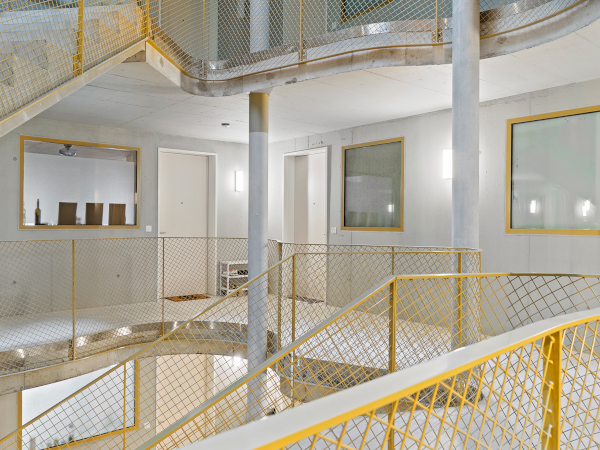
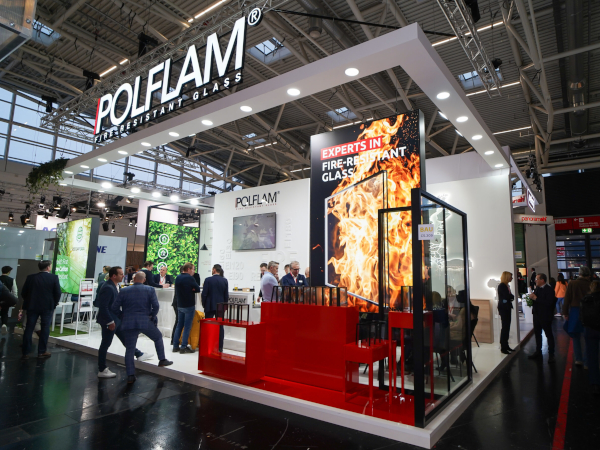
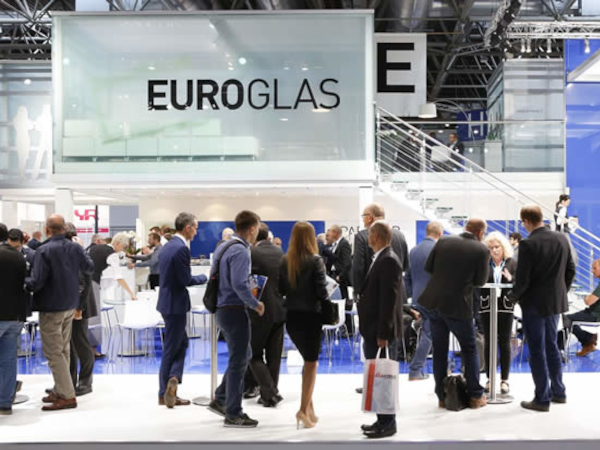
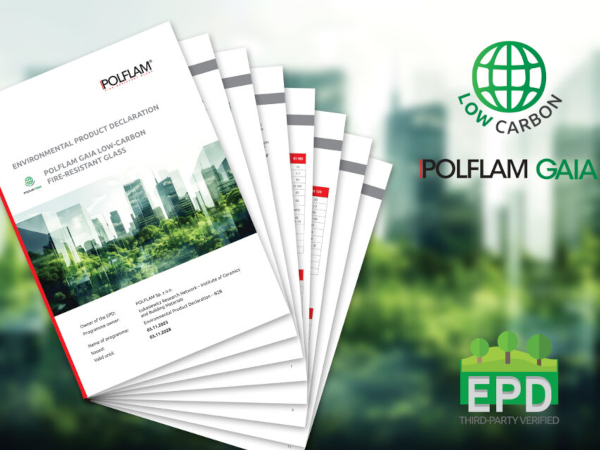
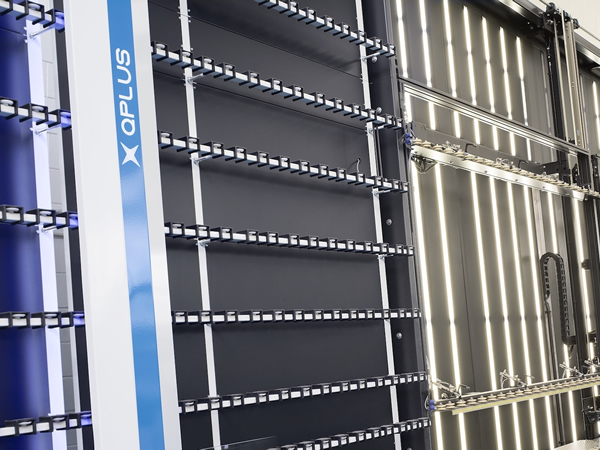


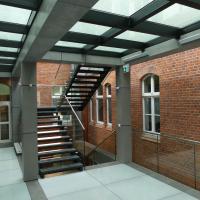
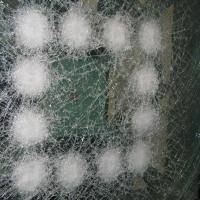
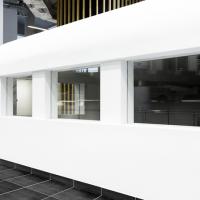
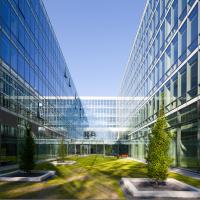
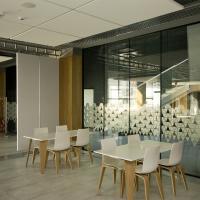
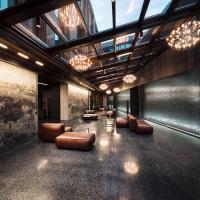
Add new comment